- 1-Understanding-Hand-Eye-Coordination
- 2-The-Role-of-Trampolines-in-Enhancing-Coordination
- 3-Specific-Exercises-to-Improve-Hand-Eye-Coordination-on-Trampolines
- 4-Real-Life-Examples-and-Benefits
- 5-How-to-Choose-the-Right-Trampoline
1. Understanding Hand-Eye Coordination
Hand-eye coordination is the crucial ability that enables the brain to process visual input and coordinate precise movements of the hands. This skill is foundational for daily activities, sports, and many complex tasks. Improving hand-eye coordination enhances agility, reaction time, and overall motor skills.
Children, athletes, and even adults can benefit from exercises designed to sharpen this ability. Among various tools and methods, trampolines have emerged as a dynamic and enjoyable way to foster hand-eye coordination.
2. The Role of Trampolines in Enhancing Coordination
Trampolines provide a unique environment where balance, timing, and spatial awareness are constantly challenged. The unstable and responsive surface forces users to adapt their movements in real-time, which naturally engages the neural pathways responsible for coordination.
When combined with hand-focused activities—such as catching, throwing, or tapping balls while bouncing—the trampoline becomes an excellent tool to simultaneously train hand-eye coordination and body control.
2.1 Balance and Reflex Development
Bouncing requires continuous adjustment to maintain balance, improving reflexes. These reflexes support hand-eye coordination by enabling quicker responses to visual stimuli.
2.2 Spatial Awareness
Jumping on a trampoline helps users develop a better sense of their body’s position in space, which is vital for accurately directing hand movements.
3. Specific Exercises to Improve Hand-Eye Coordination on Trampolines
To maximize the benefits of trampolines for hand-eye coordination, certain targeted exercises can be practiced:
3.1 Ball Tossing While Bouncing
Throwing and catching a lightweight ball while bouncing challenges timing and precision. Varying the speed and height of throws increases difficulty and skill development.
3.2 Reaction Drills
Having a partner toss objects unexpectedly or using reaction balls on the trampoline sharpens quick visual recognition and hand response.
3.3 Hand Target Games
Setting up targets or hoops above the trampoline and tapping or throwing objects at them while maintaining balance further refines coordination.
4. Real-Life Examples and Benefits
Consider the story of Lily, a young gymnast whose coach incorporated trampoline exercises to improve her hand-eye coordination. Over several weeks, Lily’s ability to catch and manipulate equipment improved noticeably, boosting her confidence and performance in competitions.
Besides sports, trampolines support developmental skills in children by making coordination training fun and engaging. The increased body awareness and reflexes gained translate into better performance in academics, physical activities, and daily tasks.
5. How to Choose the Right Trampoline
Selecting an appropriate trampoline is key to safely and effectively improving hand-eye coordination. Consider factors such as size, safety features like enclosure nets, and surface quality to ensure stability and confidence while practicing coordination exercises.
For the best trampolines and expert advice on choosing the right equipment, Trampoline Zone offers a wide selection and personalized recommendations to suit your needs and goals.
Overall, understanding how trampolines can improve hand-eye coordination reveals a versatile, enjoyable method to enhance motor skills. Incorporating trampoline exercises into regular training or playtime can unlock greater agility, precision, and confidence in movements.


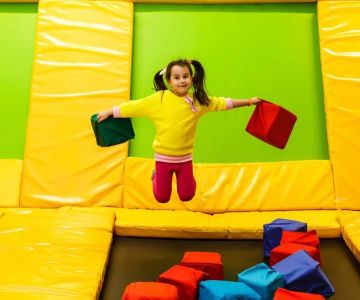
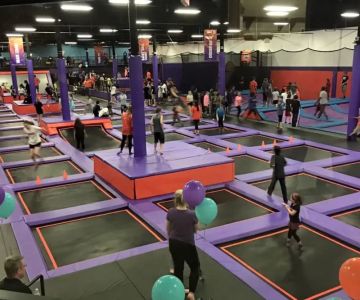
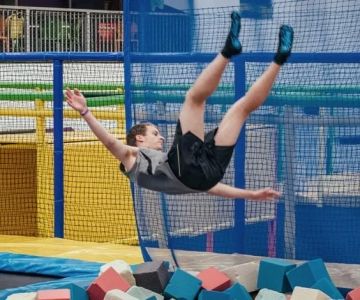
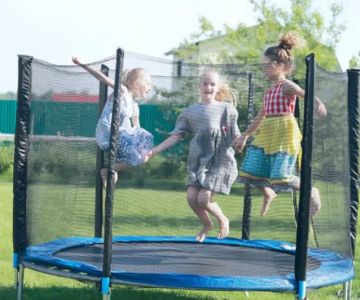
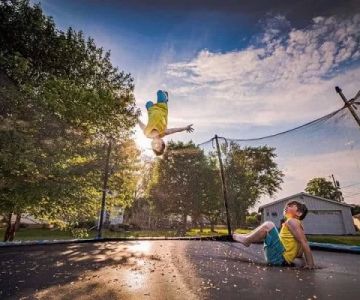
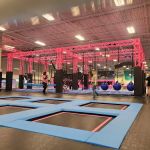 Altitude Trampoline Park - Roscoe Village4.0 (40 reviews)
Altitude Trampoline Park - Roscoe Village4.0 (40 reviews) Nova Adventure Park4.0 (253 reviews)
Nova Adventure Park4.0 (253 reviews)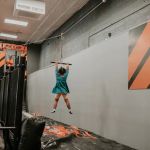 Sky Zone Trampoline Park3.0 (186 reviews)
Sky Zone Trampoline Park3.0 (186 reviews)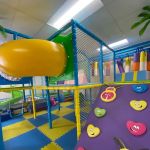 11 To 7 Kids Palace4.0 (11 reviews)
11 To 7 Kids Palace4.0 (11 reviews) Traders Village San Antonio4.0 (12003 reviews)
Traders Village San Antonio4.0 (12003 reviews) Bounce Zone Xtreme4.0 (30 reviews)
Bounce Zone Xtreme4.0 (30 reviews) Are Trampoline Parks Safe for Kids? Essential Guide for U.S. Parents
Are Trampoline Parks Safe for Kids? Essential Guide for U.S. Parents How Often Should You Replace Trampoline Springs? Tips for Proper Maintenance
How Often Should You Replace Trampoline Springs? Tips for Proper Maintenance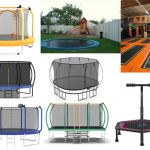 How Much Is a Trampoline? A Detailed Guide to Trampoline Costs and Buying Tips
How Much Is a Trampoline? A Detailed Guide to Trampoline Costs and Buying Tips Bounce Techniques for Stronger Legs: Effective Exercises and Tips
Bounce Techniques for Stronger Legs: Effective Exercises and Tips Essential Music Gear for Trampoline Dance: Complete Guide
Essential Music Gear for Trampoline Dance: Complete Guide Fun STEM Experiments Using Trampolines to Spark Curiosity and Learning
Fun STEM Experiments Using Trampolines to Spark Curiosity and Learning